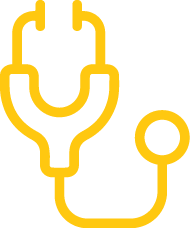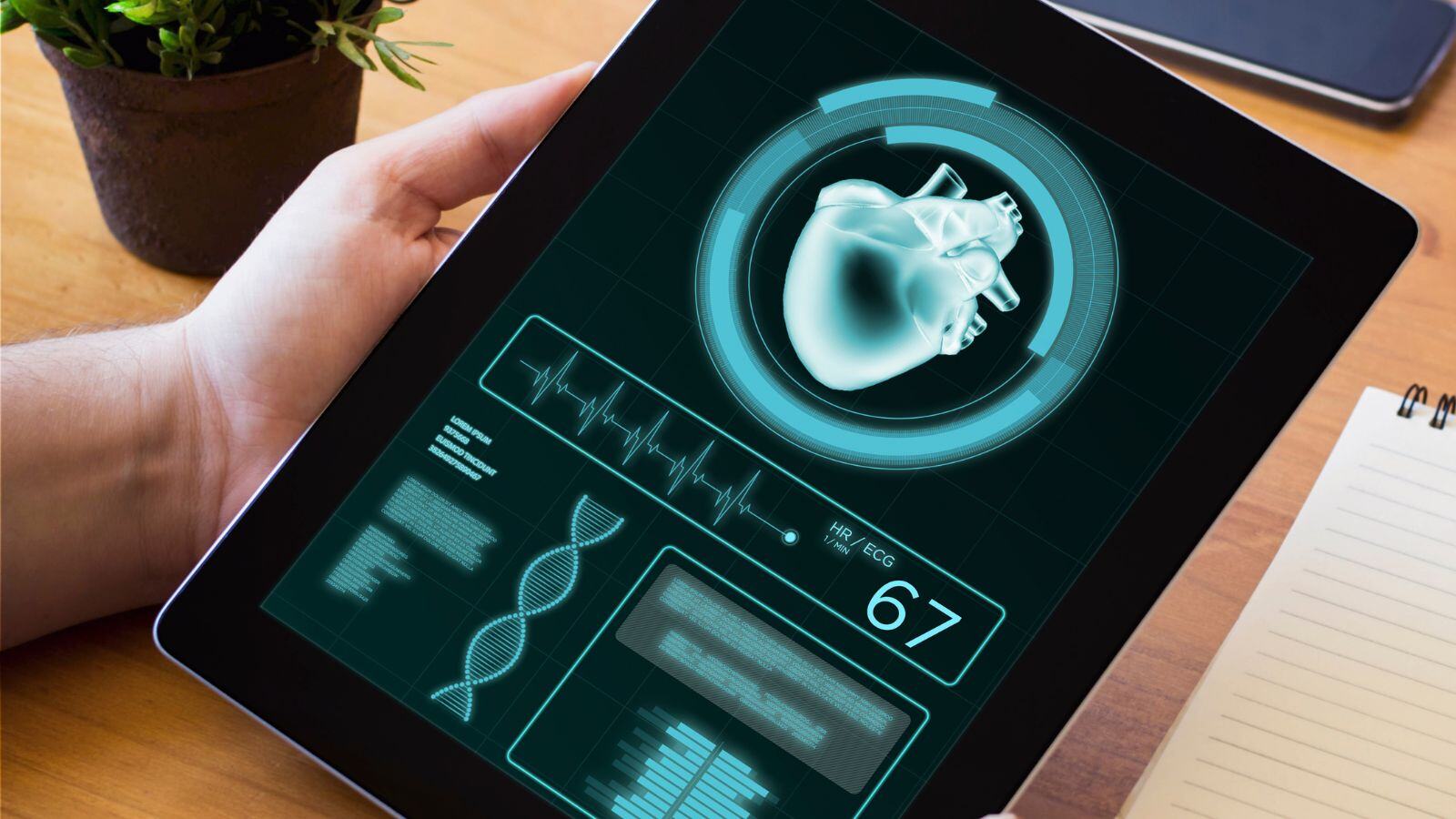‘Digital health‘ is on the rise. It’s a term we use more and more often. But what is digital health? What does it mean? After some research, we find all kinds of definitions… It’s still a jungle out there.
Not to worry though: at the QbD Group, we strive to be at the forefront of innovation and share our latest insights and knowledge with you. In this particular blog post, we want to:
- inform you about digital health,
- familiarize you with the key technology pillars of digital health,
- and inspire you with new digital health opportunities within your own healthcare sector (so you can anticipate them).
After this blog post, we will come up with more detailed and specific trends and developments by sector. So stay tuned!
What is digital health?
One of the most comprehensive definitions of digital health is provided by the FDA:
‘Digital health, or also called digital healthcare, is a multidisciplinary topic that covers concepts that are on an intersection between technology and healthcare. Digital health applies digital transformation to the healthcare field, incorporating software, hardware and services. It can be divided in different categories such as mobile health, health information technology, wearable devices, personalized medicine, telehealth and telemedicine.’
Since digital health applies to different sectors of healthcare, we preferred the FDA’s definition. The FDA defines healthcare regulations, whether in pharmaceutical manufacturing, medical devices, clinical research, or other areas.
QbD’s 4 key digital health pillars
The concept of digital health is built on different technologies. At the QbD Group, we looked at numerous technologies and developments in different industries and grouped them into 4 key technology pillars:
- blockchain,
- artificial intelligence,
- digitization
- and cybersecurity.
1. Blockchain in digital health
Let’s start with “Blockchain“: a buzzword often associated with Bitcoin, cryptocurrency, etc. However, it is a misconception that it can only serve in the financial world.
Blockchain is essentially:
- a list of all types of digital data you can imagine (called a distributed ledger),
- permanently stored among all users (called nodes).
The key feature is that information can be added at any time when all nodes agree that the information is correct and validated or proven. It cannot be copied or deleted in the distributed ledger.
All digital records are stored using a cryptographic signature called a hash. This makes it a secure, immutable system with continuous traceability.
Imagine a world where a complete record of all related data, including storage, transportation, production, etc., can be generated via blockchain for a given medicine.
At the same time, the same blockchain technology protects both data privacy and security throughout the process. All practitioners, patients, researchers, etc. have access to the information they need, without the risk of compromising privacy or security.
Applying this technology can lead to secure healthcare systems in multiple areas, reducing the incidence of fraud and errors. It is precisely because of these advantages that this technology can be used in life sciences.
An example is using blockchain instead of a serialization program to create serial numbers for products. When using a serialization program, it is very easy for counterfeiters to guess the next serial number, whereas when using blockchain it is almost impossible.
To guess the serial number – newly generated by the blockchain algorithm – you need not only the previous serial number, but also the algorithm itself, timestamps of production, and many other variables you can include in the code. This results in increased security and the prevention of forgery.
2. Artificial Intelligence in digital health
The second pillar is Artificial Intelligence (AI). Artificial Intelligence is defined as any technique that enables machines to “think like humans“.
By using this technique, it is possible to improve the efficiency of various decision-making processes, as well as to further drive innovation within an organization. It enables companies to unlock new value in data.
A great example of AI technologies is how Relu offers AI-Assisted Segmentation Software for Dental and Maxillofacial Images.
For more information on how to embed your current validation approach in AI and Machine Learning, read our blog post “AI and Machine Learning validation: strategies and examples.”
3. Digitalization in digital health
4. Cybersecurity in digital health
Digital health is growing and gaining attention worldwide. The QbD Group aims to support all different sectors of healthcare, from idea to patient.
We strongly believe that digital health is the future, with many applications for emerging technologies in different fields and industries.
We are convinced that digital health (and thus the QbD Group) will make a difference in the following sectors of healthcare:
What’s next? You decide! Please fill out our poll.
This intro blog post on digital health is the first in a series. In the near future, we’d love to delve deeper into several interesting digital health initiatives by sector, with more in-depth and concrete learnings, opportunities, and examples by pillar. So stay tuned!
But… we need your feedback! Which pillars and sectors are most interesting to you? Please take another 20 seconds to complete our mini-poll (2 questions). We’ll use your feedback to refine the upcoming posts!







.png?width=109&height=108&name=Pharma%20(2).png)
.png?width=111&height=108&name=Medical%20Devices%20(2).png)
.png?width=84&height=107&name=IVD%20(2).png)













